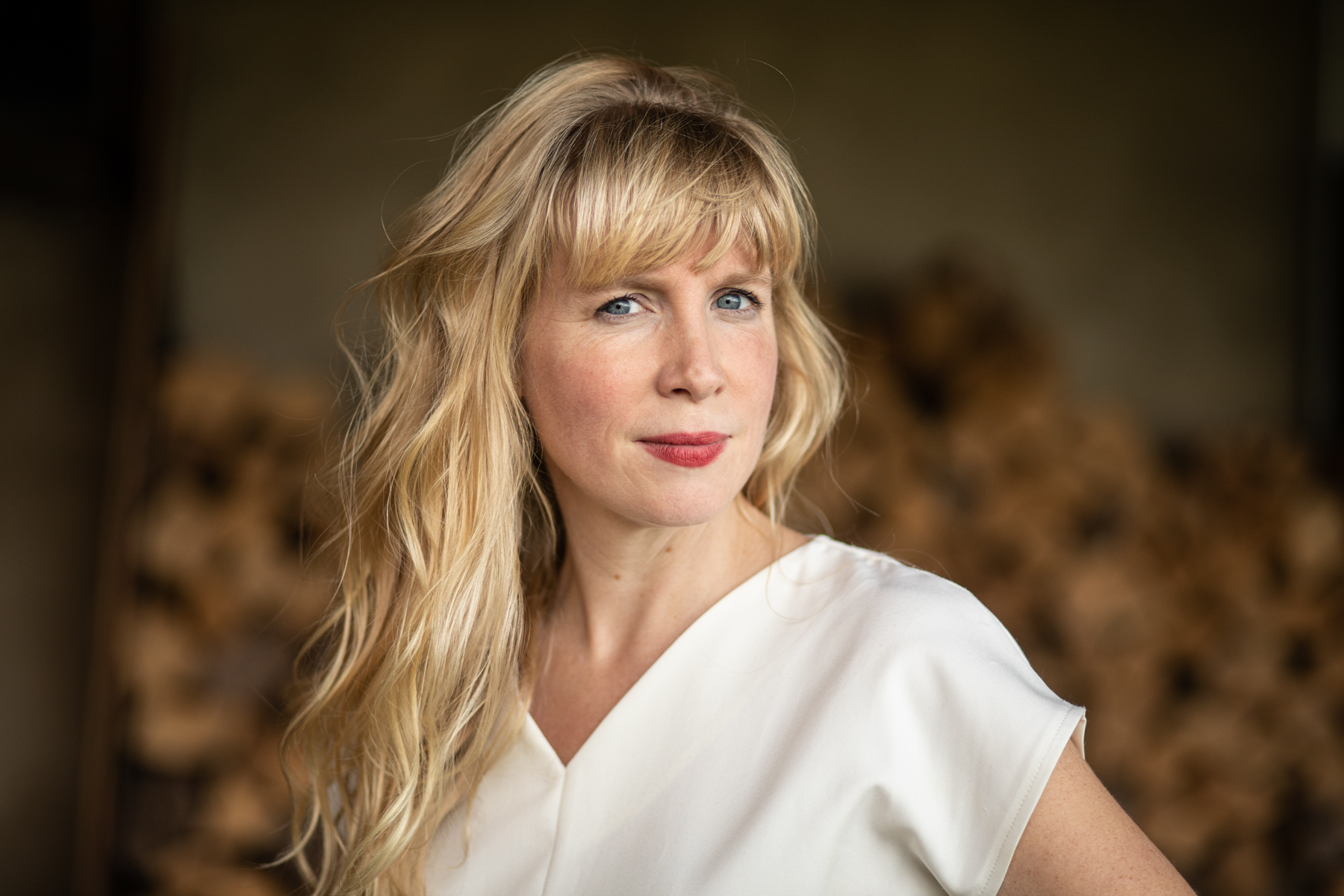Ihre besondere Liebe gilt der Musik Schuberts und Schumanns – und so widmet sich die Pianistin Natalia Ehwald, „die Poetin unter den deutschen Pianist:innen ihrer Generation“ (Tagesspiegel) auch ihr neues Album Franz Schubert und beleuchtet drei unterschiedliche Facetten seiner Klaviermusik.
Mit der späten B-Dur-Sonate D 960 Klaviersonate und und früheren A-Dur-Sonate D 664 bilden zwei großformatige Werke den programmatischen Rahmendes Albums – und umgeben eine zur Suite angeordneten Auswahl seiner Tänze für Klavier.
Die gewichtige B-Dur-Sonate D 960, Schuberts letztes großes Klavierwerk, zählt heute zu den zentralen Werken der Klavierliteratur. Dem gegenüber steht die heitere, dreisätzige A-Dur-Sonate von 1819, die von melodischer Erfindungskraft und rhythmischer Eleganz zeugt …
Mit den Tänzen betritt man ein ganz anderes Terrain: Hier zeigt sich Schuberts Nähe zur Wiener Gesellschaftskultur, seine Freude am Improvisieren und sein Gespür für Form auf kleinstem Raum. Viele dieser Miniaturen sind nur wenige Takte lang – und dennoch von erstaunlicher Ausdruckskraft.
Natalia Ehwald, die mit ihrer feinen Klanggestaltung und interpretatorischen Tiefe Publikum wie Presse überzeugt, bringt diese drei Seiten Schuberts funkelnd, nuanciert und durchdacht zum Klingen.
***********
Her particular love is for the music of Schubert and Schumann – and so the pianist Natalia Ehwald, “the poet among the German pianists of her generation” (Tagesspiegel), has also dedicated her new album to Franz Schubert and illuminates three different facets of his piano music.
With the late B flat major Sonata D 960 Piano Sonata and the earlier A major Sonata D 664, two large-scale works form the programmatic framework of the album – and surround a selection of his dances for piano arranged as a suite.
The weighty Sonata in B flat major D 960, Schubert’s last major piano work, is one of the central works of the piano literature today. It is contrasted by the cheerful, three-movement A major Sonata from 1819, which testifies to melodic inventiveness and rhythmic elegance…
With the dances, we enter a completely different terrain: Schubert’s proximity to Viennese social culture, his joy in improvising and his feeling for form in the smallest of spaces is evident here. Many of these miniatures are only a few bars long – and yet they are astonishingly expressive.
Natalia Ehwald, who has won over audiences and critics alike with her fine sound design and interpretative depth, brings these three sides of Schubert to life in a sparkling, nuanced and thoughtful way.



















